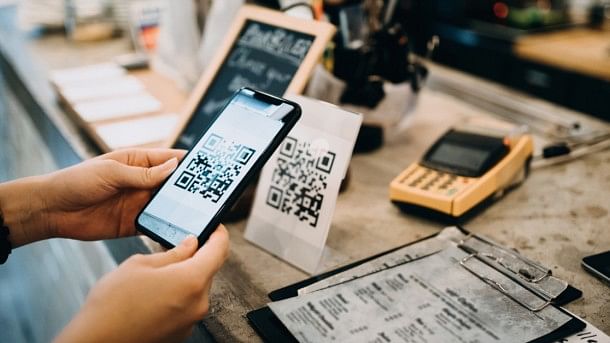
Representative image of UPI payment.
Credit: iStock Images
The Reserve Bank of India introduced three new features to the Unified Payments System(UPI) in its monetary policy committee meeting on August 10.
What are these features and how will they help our experience with UPI?
* Conversational payments in UPI
Keeping in mind the increased relevance of artificial intelligence, the MPC proposed to launch “Conversational Payments”. This is an innovative payment mode on UPI that will enable the users to engage in a conversation with the AI-powered system in order to make transactions safely, thereby enhancing the ease of use.
Though this facility will only be available in Hindi and English initially, users will be able to communicate in other Indian languages soon. Aiming at deepening the digital penetration in India, this channel will be made available in smartphones as well as feature phone-based UPI channels.
Offline payments in UPI
To enable payments in cases of poor or no network connectivity, the MPC proposed to allow offline transactions using “Near Field Technology.” Near field technology is basically short range wireless connectivity that allows two wireless devices that are in close proximity to communicate with each other.
This move comes as a bid to promote UPI-Lite, an on-device wallet that was introduced in the year 2020 “to optimise processing resources for banks, thereby reducing transaction failures.”
Enhancing transactions limits for small value digital payments
What comes as a move to encourage wider usage of UPI, the RBI committee has proposed to increase each transaction limit that is made using UPI Lite or National Common Mobility Card (NCMC) to Rs 500. Earlier, the limit per transaction in offline mode including NCMC and UPI Lite was set at Rs 200. However, the overall limit of Rs 2,000 per payment instrument remains unchanged. The RBI also seeks to remove the need for two-factor authentication for small value transactions in offline mode.